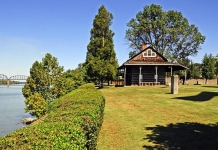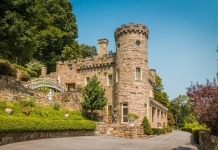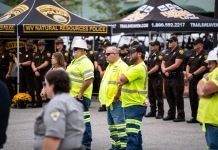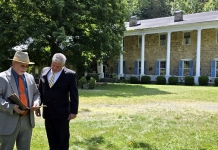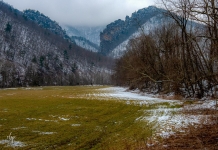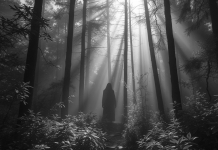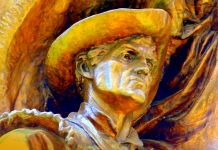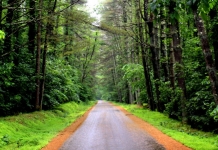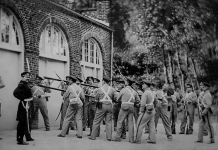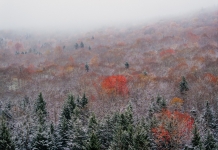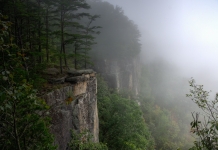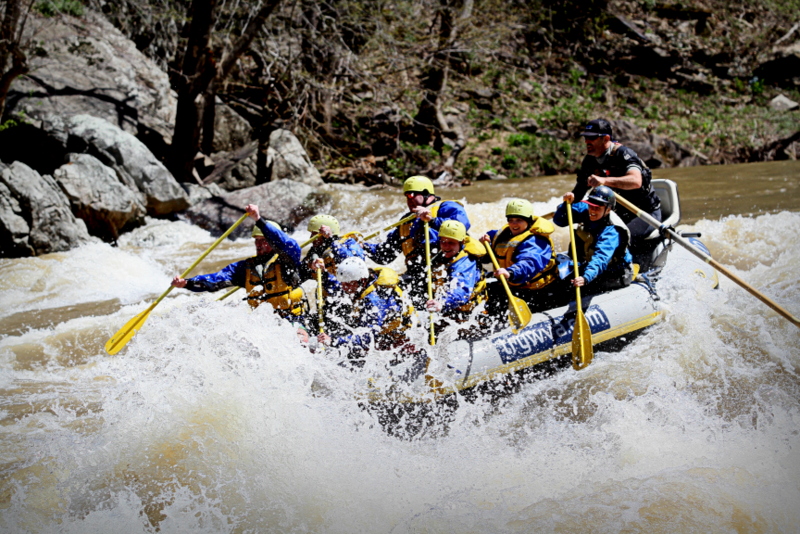
The Gauley River is one of the world's famous whitewater-rafting rivers. Thousands paddle it each year, guided by one of more than a dozen outfitters, are licensed to guide expeditions.
notably in autumn during "Gauley Season" when its flow is highest.
on the river, which is
Despite its popularity, few know its lore, says Rob Dobson, a long-time raft guide and the owner of West Virginia Adventures.
Dobson says there's a
"I like to make sure my passengers know as much about the cultural and natural history of the gorge as possible," Dobson said.
Did you know that Indians escaped into the Gauley wilds to avoid Europeans? Or that Confederate soldiers escaped across the river at night? West Virginia's Gauley River becomes one of the world's most popular whitewater-rafting streams in autumn when Summersville Lake is drained. During this big-water season thousands of bucket-listers and hardcore paddlers descend on the river, but only a few may know of these five facts.
No one knows what "Gauley" means or how the river was named
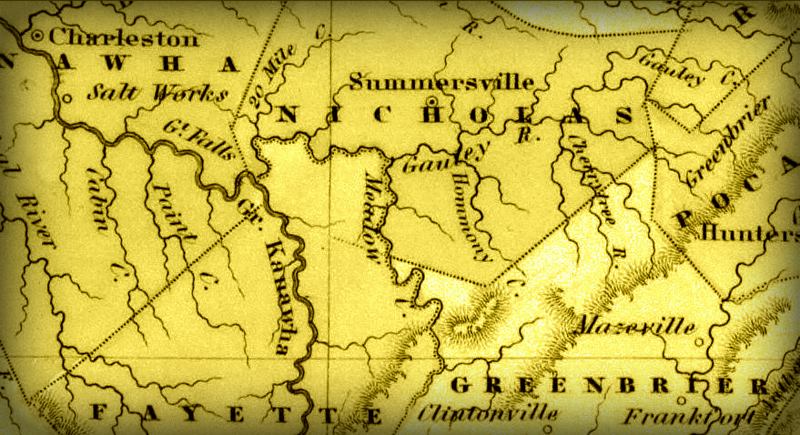
What does "Gauley River" mean? No one knows for sure. Some have proposed that the name refers to the Gauls of Iron Age Europe. Others say that it is a corruption of the world "gully"—a water-worn ravine. Some suggest it is a corruption of a surname of western European origin. Dobson says the name is remarkable in that it has little association with anything other than the river. "There is only one river named the Gauley," he said.
Rebel soldiers escaped across Gauley during the night.
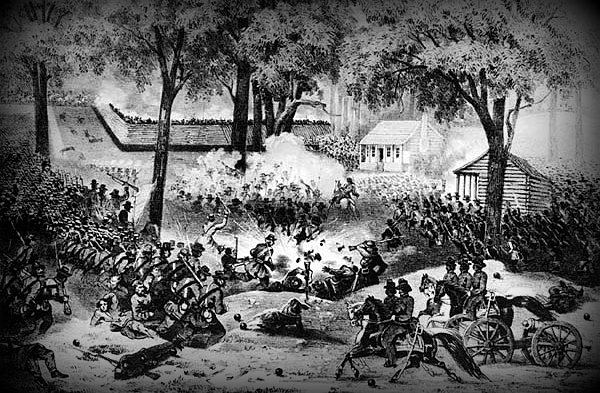
Imagine crossing a raging river under the cover or darkness. Confederate troops retreated across the Gauley on the night of September 10, 1861, following the battle of Carnifex Ferry. Though the river would not have been as high as it is now, it was no easy task. A gun and caisson fell in; however, no lives were lost.
Historian Roy Bird Cook wrote of the crossing in 1931: "The artillery was moved down to the ferry, a distance of more than a mile, over the most wretched of roads, cliffs on all sides, and in darkness. Pine flares spread a feeble light here and there; commands became separated; horses slipped and fell on the rocks. A log pontoon bridge had previously been constructed, about four feet wide, and across this part of his troops were moved. One gun and a caisson fell into the river. Others moved over in the ferry boat. After the troops had crossed, the 'laughing Gauley' carried away the logs of the bridge; the bottom of the ferry boat was knocked out; and a rear guard took up post at the mouth of Meadow River."
Whitewater rafting has earned the Gauley special protection.
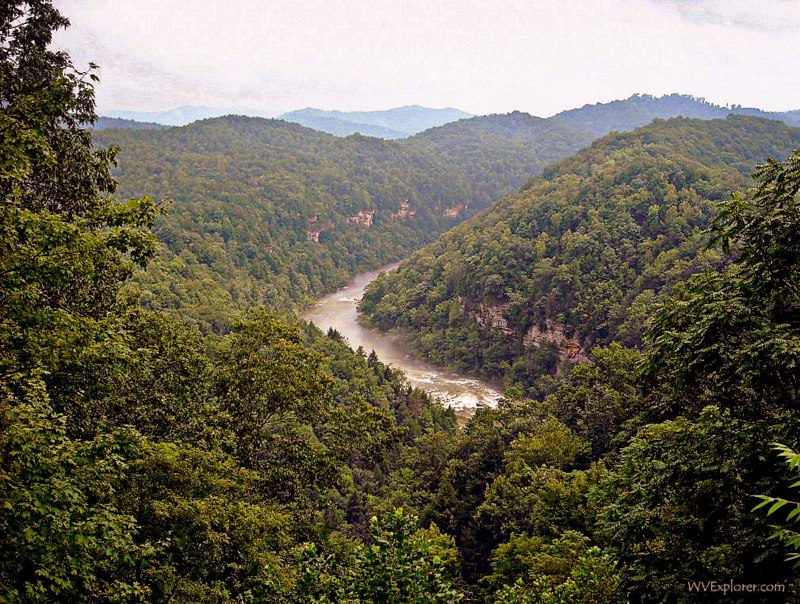
Perhaps nothing speaks of the value of whitewater rafting on the Gauley more than its designation as a "national recreation area." Only 24 such areas have been federally designated in the U.S. Though other whitewater-rafting rivers are located in national recreation areas, no other river has been designated as a recreational resource of national importance for this reason alone.
A river trip is less intense than it once had been.
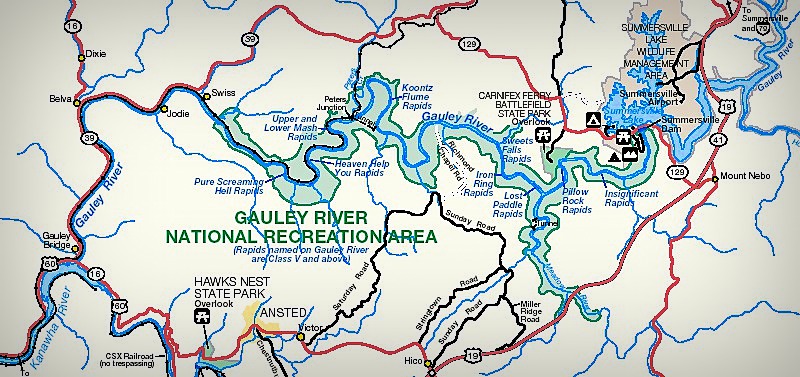
The "Beast of the East" has become infamous for its intensity, though bucket-listers determined to make the trip can breathe easier these days. The journey is still high-energy and demanding, but technology and better access have helped tame the river, says Rob Dobson, a veteran outfitter and the owner of West Virginia Adventures. Dobson outfits a two-day expedition that trains novice rafters on the gentler lower Gauley first in preparation for the intense upper run.
Native Americans escaped to the sanctuary of the Gauley.
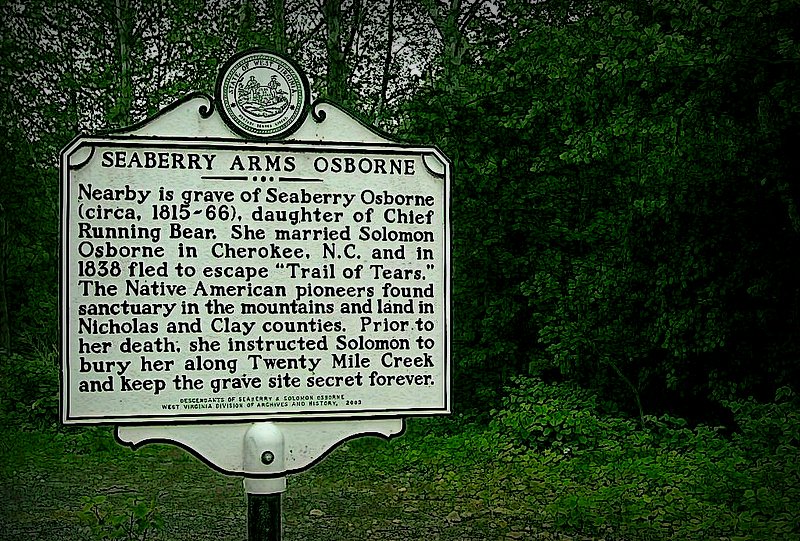
Several people of indigenous descent escaped into the wilds of the Gauley to avoid the Trail of Tears. A group of Mingo established a village near the source of the river in the Allegheny Mountains. Seaberry Arms Osborne later escaped into the forests of the lower Gauley and was buried in a hidden grave near its mouth. One prehistoric culture buried its dead in cliffs along the Gauley long before Europeans arrived in the area.
West Virginia Adventures has sponsored our five Gauley facts.
Interested in more West Virginia facts?
Introducing West Virginia's famous monsters and most haunted locals
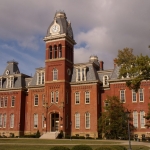
In search of more chilling information? Visit our introduction to the Five most haunted places in West Virginia, including the Trans-Allegheny Lunatic Asylum and the Moundsville Penitentiary, or encounter the Top five monsters from the West Virginia hills, including Mothman and the Grafton Monster. Be sure to return to West Virginia Explorer in September for our haunting autumn spectacular, when we unveil more of West Virginia’s supernatural history.
Request FREE info on touring ghost towns on the New River
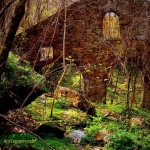
Many of the most fantastic ghost towns in the New River Gorge in southern West Virginia are accessible only by raft. Use our all-in-one request form to request pricing on a ghost-town raft trip from all licensed whitewater rafting companies at once. Include “provide information on touring ghost towns” in your request. Educational and ideal for families with children, raft trips are ideal for exploring cultural and natural history.
.






